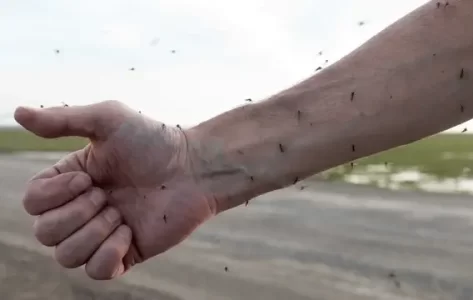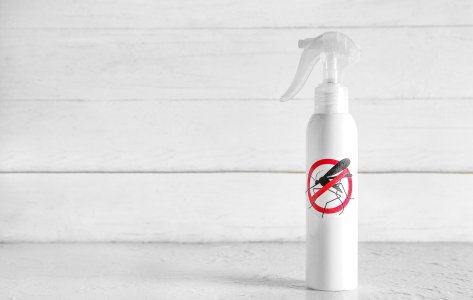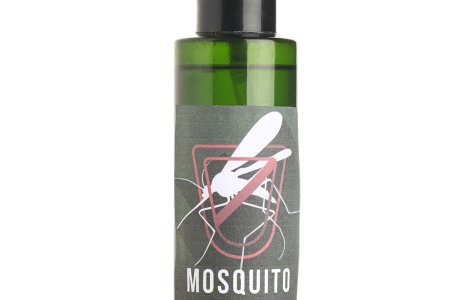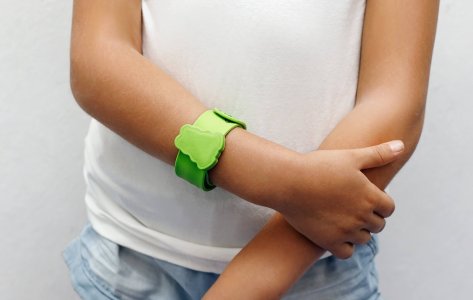- Swiss testing laboratory
AATCC 194

Hassle-free testing experience
Need to get a product tested? No worries! To and fro logistics are on us; we collect your products, test them and, deliver them back to you.
Quick understanding of the test
AATCC 194 - Standard for Evaluating Anti-house Dust Mite Efficacy of Treated Textiles
- Dermatophagoides pteronyssinus
- Dermatophagoides farinae.
- Treated and untreated textile samples are placed in separate chambers.
- Samples are inoculated with mites and a nutrient mixture, then incubated for six weeks.
- Mite populations are assessed via heat extraction, microscopic observation, or allergen detection.
- AATCC 194 t quantifies the effectiveness by comparing the percent reduction of mites in treated textiles versus untreated controls, offering clear, measurable results.
- Assists with regulatory compliance for anti-mite treatments claims.
Turnaround Time
Passing criteria
Do you have a product that needs testing?
Abstract
House dust mites are among the most important sources of indoor allergens. Textile products such as bedding, carpets and upholstery can support surprisingly large populations of these mites.
The AATCC 194 test method is a standardized procedure developed by the American Association of Textile Chemists and Colorists to evaluate the effectiveness of textiles in resisting house dust mite infestation under controlled long-term conditions.
Scope of products for testing
The test is specific only to treated fabrics at the manufacturing level and is not applicable to end use /finished products.
Organisms used in AATCC 194 testing
The test is performed against house dust mites, particularly the Dermatophagoides pteronyssinus and Dermatophagoides farinae species. These mites grow best in high-humidity environments and prefer feeding on dead human skin cells.
Test conditions
The test should be conducted under controlled environmental conditions to ensure that the test results will be both precise and consistent. The test chamber used for testing should be maintained at a relative humidity of 70-80% and a temperature of 25 ± 1℃.
AATCC 194 test requirements
- The textiles should be uniformly treated with anti-house dust mite agents to ensure consistency in results.
- The population of house dust mites in the test should also be adequate to ensure proper estimation of the effectiveness of the treatment.
- The test also requires proper preparation and handling of both textiles and mites prior to testing. Any improper handling may compromise the accuracy of the results.
AATCC 194 test method
- The test typically includes testing a control fabric (untreated textile) along with the treated samples.
- Both the test sample and the control are inoculated with a nutrient mixture to support mite growth and survival, then placed separately in glass or polystyrene Petri dishes (test chambers).
- Each test chamber is coated with petroleum jelly to prevent the escape of mites.
- The test chambers are then incubated at 25 ± 1℃ and 70-80% relative humidity for approximately 48 hrs to adjust the specimen microenvironment.
- A known population of female and male mites is placed in the test chambers.
- The test chambers are closed and incubated at 25 ± 1℃ and 73-76% relative humidity for 6 weeks.
- After 6 weeks of incubation, the mites are recovered by the process of heat extraction.
- The percent reduction of the mite population or allergen load in the treated sample is calculated and compared with the control to determine the efficacy of the treatment.
- Other detection methods such as microscopic observation (to quantify the number of live mites) and allergen detection (to determine the amount of mite allergens present on the fabric) can be used to enhance the accuracy of the test method.
Precautionary measures to consider while testing
- Testing shall be carried out by trained and experienced personnel.
- Avoid exposure to the dust mite allergen by wearing protective gear like gloves, masks and lab coats at all times.
- Strictly follow the guidelines on Good Laboratory Practice to avoid discrepancies in the results.
- Maintaining the laboratory conditions as per the guidelines, such as a temperature of 20–25°C and 70%–80% humidity to ensure the accuracy of the results.
- Avoid heavy coating of the test chamber with petroleum jelly as it might interfere with the mites extraction process.
Benefits of the AATCC 194 Testing Standard
- The test records the long-term effects of the treatment, providing a thorough assessment of the product’s effectiveness over time.
- Provides quantitative analysis of the product, expressed as percentage reduction in dust mite counts.
- Provides a good measurement of the effectiveness of anti-dust mite treatment on a breeding mite colony.
- The test helps manufacturers to verify anti-mite efficacy of their treatments at manufacturing level, providing room for further improvements in their treatment formulation.
Limitations
- This method does not determine the specific mechanism by which a treated article impacts mites (e.g., whether it repels, inhibits, or kills).
- The method is not intended to evaluate the efficacy of finished products if they involve additional treatments.
- AATCC 194 method assesses how treatments influence mite colonization; but it does not provide definitive conclusions about their effectiveness in reducing allergens.
- The method does not assess the treatment’s impact on the viability or elimination of mite eggs, which may affect long-term efficacy.
Conclusion
At Microbe Investigations Switzerland (MIS), we offer advanced pesticide and insecticide testing services, including the AATCC 194 testing, to evaluate the efficacy of treated textiles against house dust mites. Our expert team ensures accurate and reliable results, helping you bring high-quality, allergen-free products to market.
To learn more about AATCC 194 testing or to schedule a consultation, contact our specialists today.
Frequently Asked Questions

DR. Martinoz Scholtz
AATCC 194 is a test method that serves to measure the efficacy of anti-house dust mites treated textiles, ensuring effectiveness in reducing or eliminating house dust mite populations.
The test measures the percent population reduction of house dust mites on treated textiles over a specific period.
House dust mites, mainly Dermatophagoides pteronyssinus and Dermatophagoides farinae are the microorganisms usually used in testing.
The standard can be applied to the following kinds of textiles including but not limited to bedding items, carpets, curtains, upholstery and other fabrics that can come into contact with house dust mites in indoor environments.
The test takes approximately 6-7 weeks to complete.
The key parameters monitored during testing include the reduction in the population of house dust mites, relative humidity, temperature and the long-term durability of the anti-mite treatment.
Meet the best of the blend of
R&D, Efficacy Testing,
Innovation and Passionate
Experts at MIS.


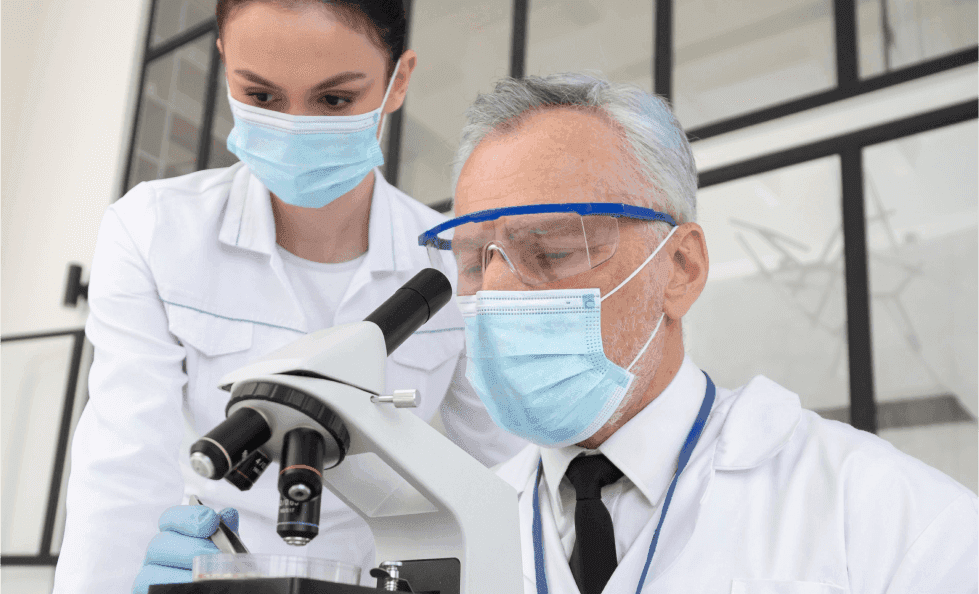
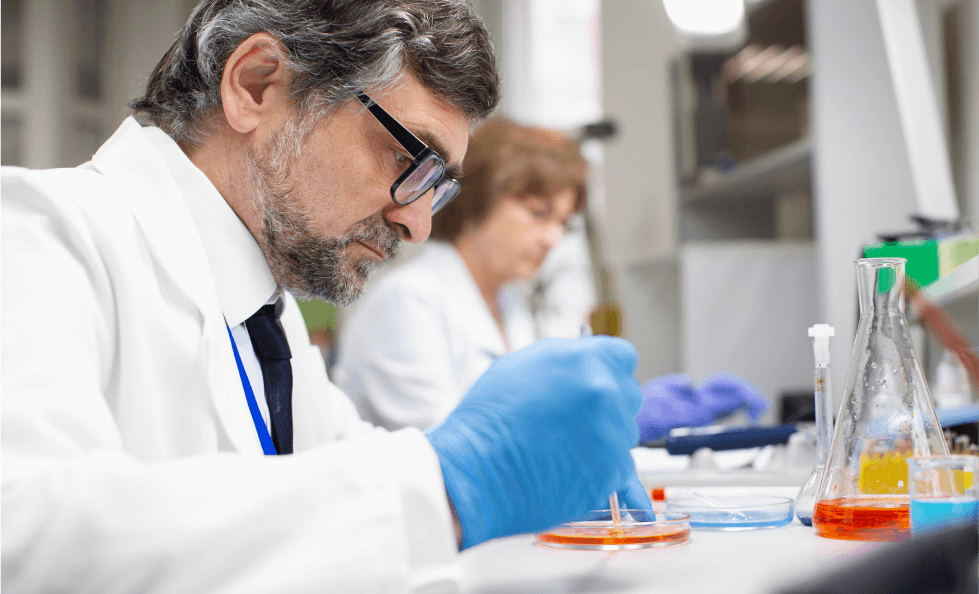
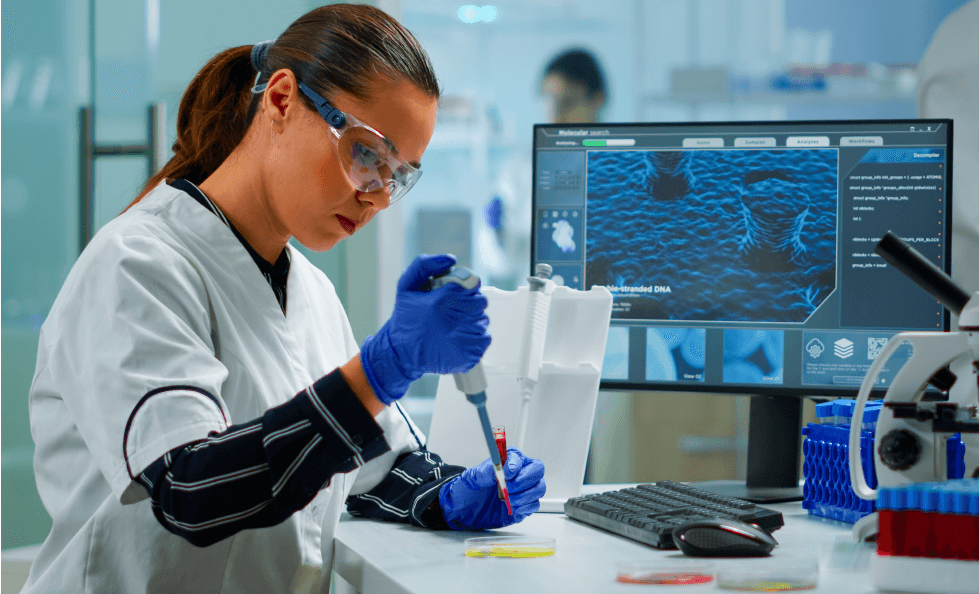
Explore More
Mosquito landing rate analysis is
Mosquito-borne diseases such as malaria,
Mosquito repellents play an important
Mosquito repellent bracelets are increasingly
